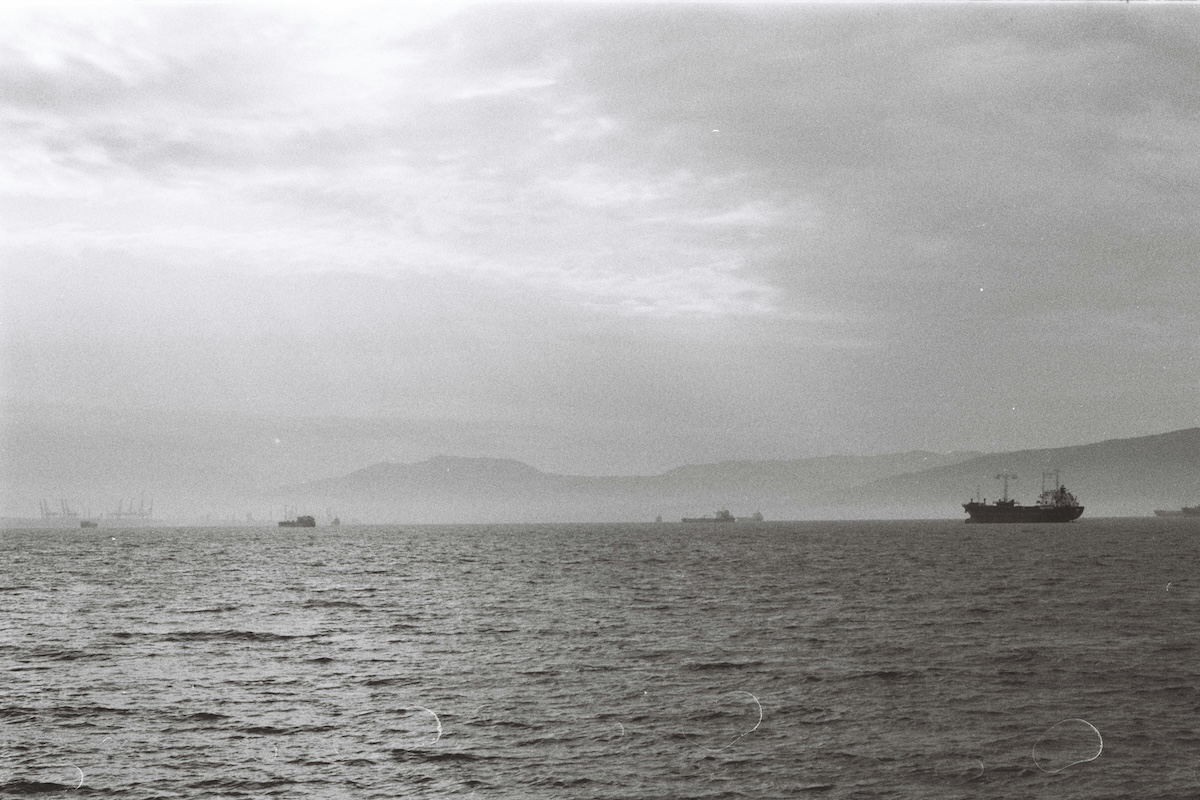The ABCs of the CCL: Spotlight on Parts and Components

Article Summary
The CCL is a list of items subject to export controls under the Export Administration Regulations (EAR), including parts, components, and end items.
Parts: Single elements of a component or item that cannot be disassembled without destruction. Components: Assembled elements of an end item, categorized as major or minor components.
Parts are the lowest level of disassembly, while components are broader and include major and minor assemblies.
"Specially designed" determines whether a part or component is controlled under specific ECCNs, requiring detailed analysis.
Accurate classification ensures compliance with export regulations, avoiding penalties and shipment delays.
Unsure about the intricacies of commodity classification? Well, you’re in luck since our expert, Bruce Webb, is preparing a series of blogs to demystify the Commerce Control List. This is the second of our series and focuses on “Parts and Components.” Take it away Bruce.
Hello again everyone. When classifying items under the Export Administration Regulations (EAR), the phrase “Parts and Components” consistently appears in the various Export Control Classification Number (ECCN) entries on the Commerce Control List (CCL). Although they appear to identify the same things, these two terms have very specific and separate meanings defined in Part 772.1 of the EAR.
The scope of each ECCN entry is affected by the presence or absence of these terms. When the terms “Parts and Components” appear in an ECCN, the entry will control those items within its scope, whether they are general purpose parts or specially designed for the item. If those terms do not appear, only the specified item is controlled and not its parts or components.
In general terms, a “part” is defined as a single element of a component, accessory or attachment that is not normally subject to further disassembly without destroying it or rendering it nonfunctional. A part is considered the lowest level of disassembly of a manufactured item and does not have any moving elements beyond bending or twisting. Both the EAR and the International Traffic in Arms Regulations (ITAR) identify the following ‘parts’ as uncontrolled: screws, bolts, nuts, nut plates, studs, inserts, other fasteners (e.g., clips, rivets, pins), common hardware (e.g., washers, spacers, insulators, grommets, bushings), springs and wire.
In contrast, a “component” is more broadly defined in terms of an end item. The EAR refers to a “component” or an “assembly” as being the same but further breaks them down into major or minor components. A “major component” is an assembled element of an end item. It’s the type of component where the end item would be inoperable without the use of the major component. However, a “minor component” is any assembly element of a “major component” or an accessory or attachment without which the end item is still operable. Within the CCL, the term “components” refers to both major and minor components.
The process of identifying whether a part or component is “Specially Designed” is much more complex and will be addressed in our next post.
Key Points
What is the Commerce Control List (CCL), and why is it important?
The Commerce Control List (CCL) is a critical tool for export compliance. It:
- Defines Controlled Items: Includes items subject to export controls under the Export Administration Regulations (EAR).
- Covers a Wide Range of Goods: Includes parts, components, materials, software, and technology.
- Uses ECCNs: Items are classified using Export Control Classification Numbers (ECCNs) to determine licensing requirements.
What are parts and components under the EAR, and how are they defined?
The EAR provides specific definitions for parts and components:
Parts:
- Single elements of a component, accessory, or attachment.
- Cannot be disassembled without destruction or loss of functionality.
- Examples: Screws, bolts, nuts, washers, springs, and other common hardware.
Components:
- Assembled elements of an end item.
- Divided into:
- Major Components: Essential for the operation of the end item (e.g., engines).
- Minor Components: Non-essential but still part of the assembly (e.g., brackets or housings).
How do parts and components differ in the context of the CCL?
The distinction between parts and components affects how items are classified under the CCL:
- Parts: Represent the lowest level of disassembly and are often uncontrolled unless specified in an ECCN.
- Components: Include both major and minor assemblies, which may be controlled depending on their function and classification.
- Impact on ECCNs: If "parts and components" are mentioned in an ECCN, they are controlled within its scope. If not, only the specified item is controlled.
What does "specially designed" mean in the context of the CCL?
"Specially designed" is a critical term in export compliance:
- Definition: Refers to parts or components uniquely created for a specific purpose or end item.
- Impact on Classification: Items deemed "specially designed" may fall under stricter controls within their ECCN.
- Complexity: Determining whether an item is "specially designed" requires detailed analysis, which will be covered in future discussions.
Why is understanding parts and components important for export compliance?
Accurate classification of parts and components is essential for:
- Regulatory Compliance: Ensures adherence to the EAR and avoids violations.
- Avoiding Penalties: Misclassification can result in fines, shipment delays, or loss of export privileges.
- Efficient Operations: Proper classification streamlines licensing and export processes.
How can businesses ensure accurate classification of parts and components?
To classify items accurately under the CCL:
- Understand Definitions: Familiarize yourself with the EAR definitions of parts and components.
- Use ECCN Guidance: Refer to the specific ECCN entries to determine if parts or components are controlled.
- Consult Experts: Work with trade compliance professionals to navigate complex classifications.
- Stay Updated: Monitor changes to the EAR and CCL to ensure ongoing compliance.










